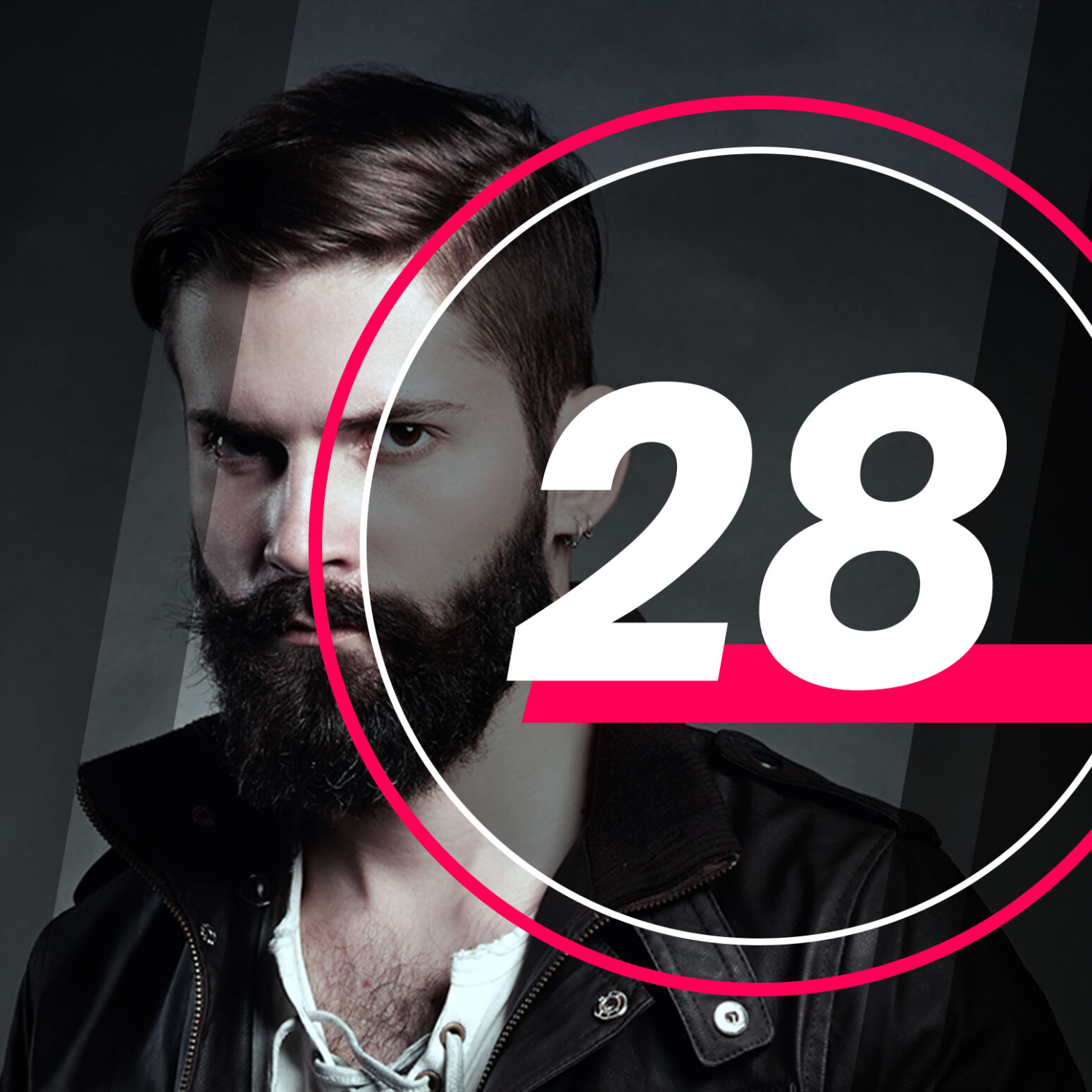-
 play_arrow
play_arrow
Clubalicious Clubalicious Radio
-
 play_arrow
play_arrow
London Calling Podcast Yana Bolder

New York, NY (July 29, 2024)—Brand new from the folks at Drawmer is the 1971, a vintage-style, two-channel, four-band parametric EQ with a few tricks up its sleeve.
All four bands provide fully variable frequency control and 12 dB boost/cut. The Low Mid and High Mid bands are fully parametric, providing bandwidth control. The Low band features an adjustable slope (6, 9 or 12 dB) and a Peak setting that adds a narrow bell shape to the 12 dB/octave low-band filter at the knee frequency just before it rolls off. Slope of the High band can be switched to 6 or 12 dB/octave. Precision stepped potentiometers are used for the EQ controls, providing rapid and accurate recall for mastering purposes.

In addition to the four EQ bands, each channel offers individually switched, fully variable Low and High Cut filters (10 Hz to 225 Hz and 4 kHz to 32 kHz, respectively). EQ bands and filters may be individually switched in or out of circuit, and the bypass switch is a true hardware bypass. Each channel provides an EQ overload indicator, plus input and output level controls (±15 dB) with five-segment input and output level metering.
Metric Halo MBSI Channel Strip — A Mix Product of the Week
The 1971 features a Crush switch on each EQ band, which adds a fixed time constant, auto-gain makeup compressor, while also making the bandwidth wider and adding musically pleasing harmonics. Action of the Crush function varies depending on the frequency band and the instrument to which it is applied. It can be used in the lower frequencies to fatten kick, toms or bass guitar, in the mid frequencies to thicken guitars or enhance presence, or in the high frequencies to brighten cymbals or string instruments. The Crush effect is progressive, becoming more apparent as more boost is added to an EQ band.
Rear-panel I/O is balanced XLR. Maximum input and output levels are stated as +21 dBu, and frequency response is 20 Hz to 20 kHz, ±0.05 dB. The 1971 occupies two rack spaces, weighs in at 4.2 kg (9.25 pounds), and is designed and handmade by Drawmer in the UK.
Written by: Admin
Similar posts
Recent Comments
No comments to show.Featured post

Latest posts
Current show
Upcoming shows

Sugar Radio
Robin Schulz
16:00 - 17:00
Swedish Dance Chart
17:00 - 19:00

Global Sessions
By Tom Cuffia
19:00 - 20:00
Made To Move
Jacob Colon
20:00 - 21:00
Fresh Is Fresh
This Weeks Hottest Releases
21:00 - 00:00Chart
Powered by Dee jay promotions visit us













 Invalid license, for more info click here
Invalid license, for more info click here